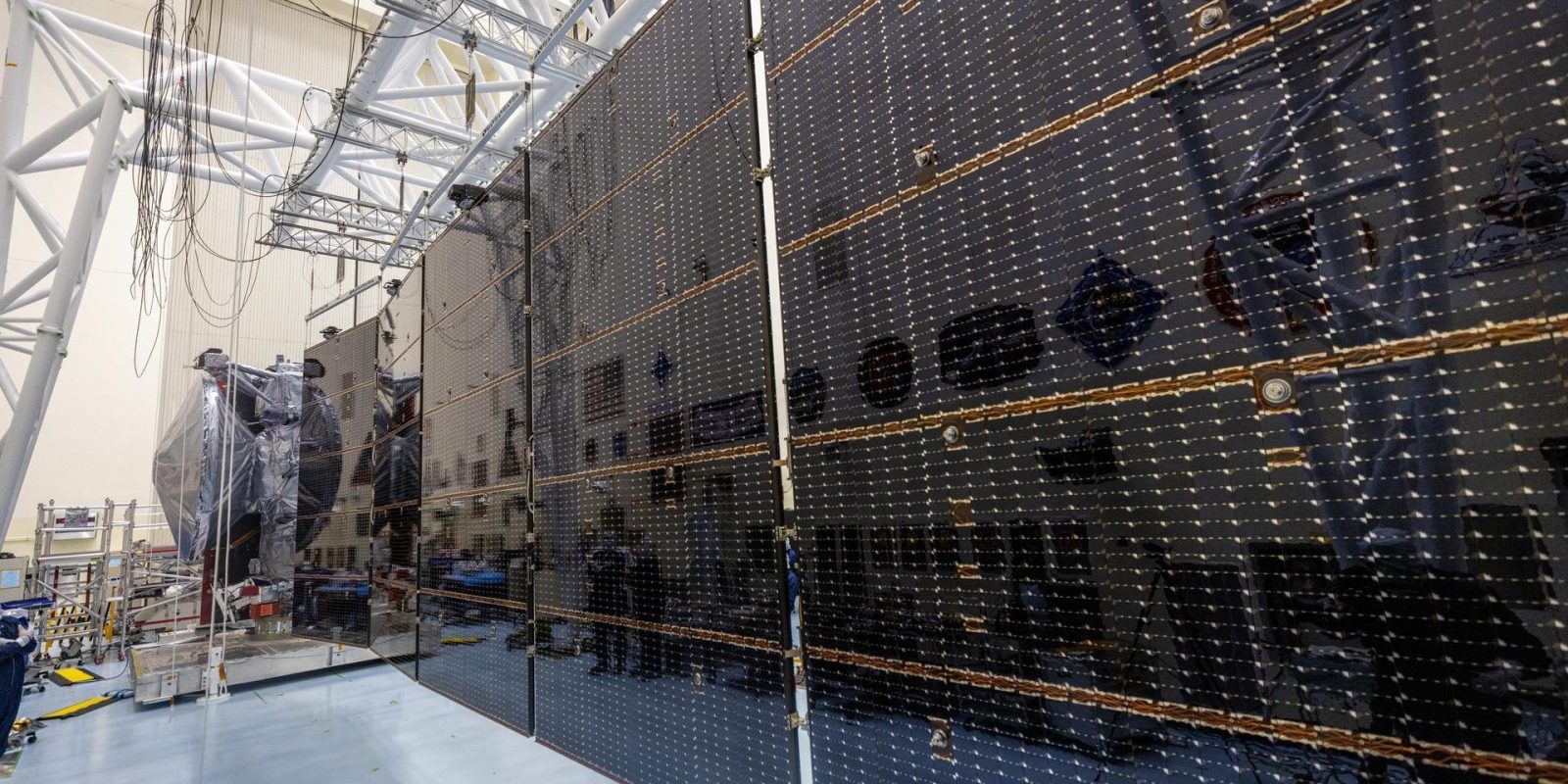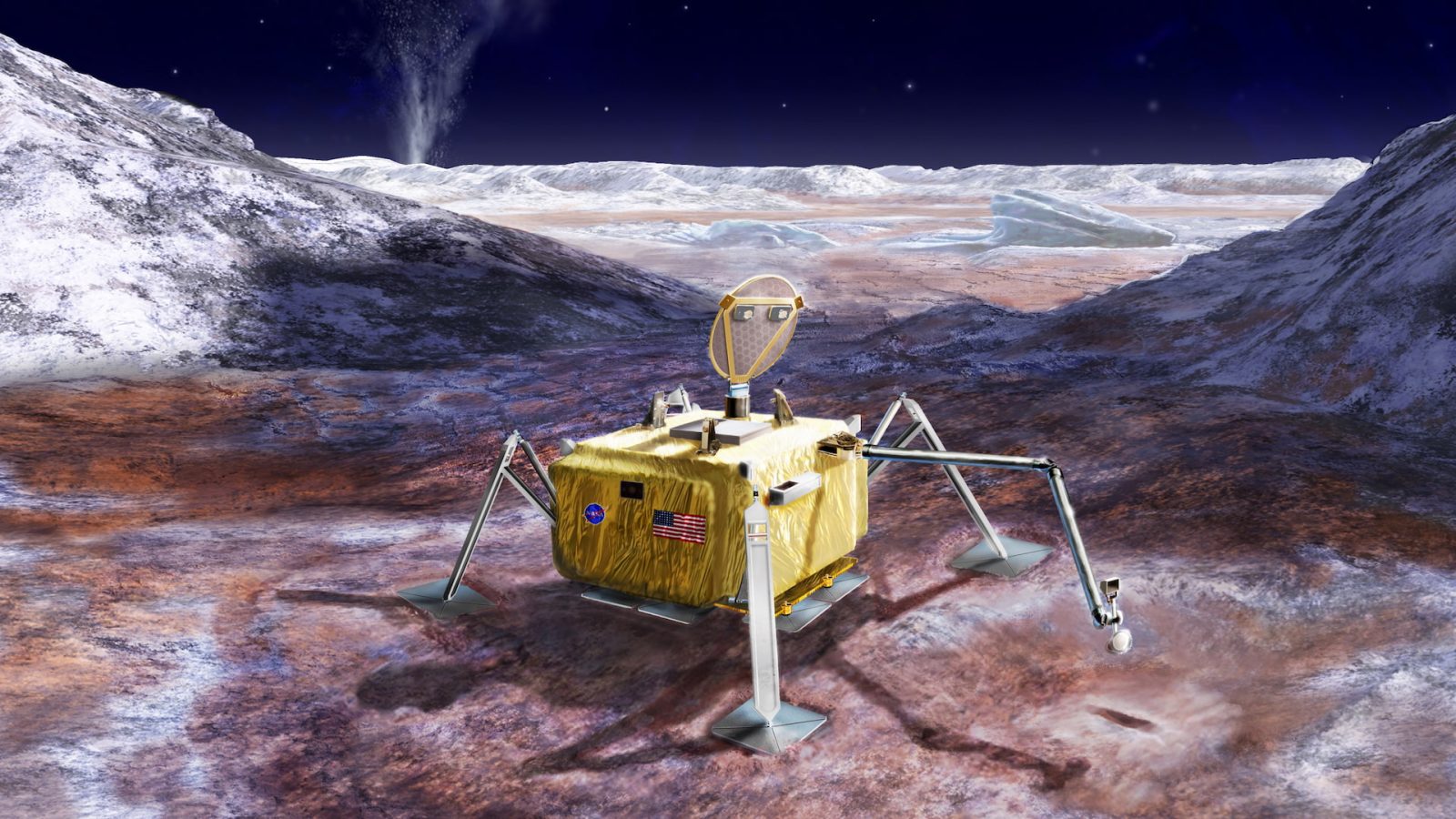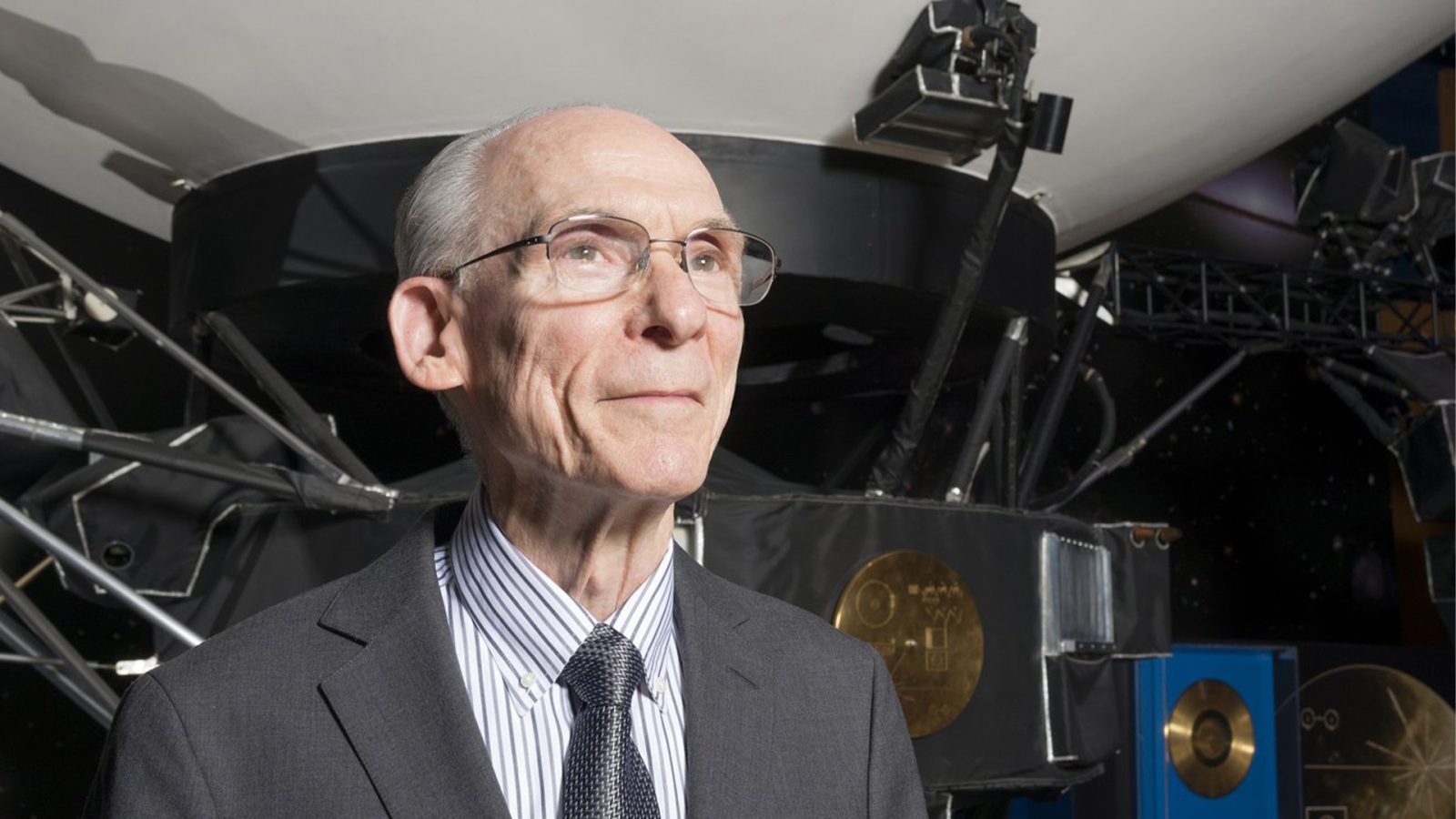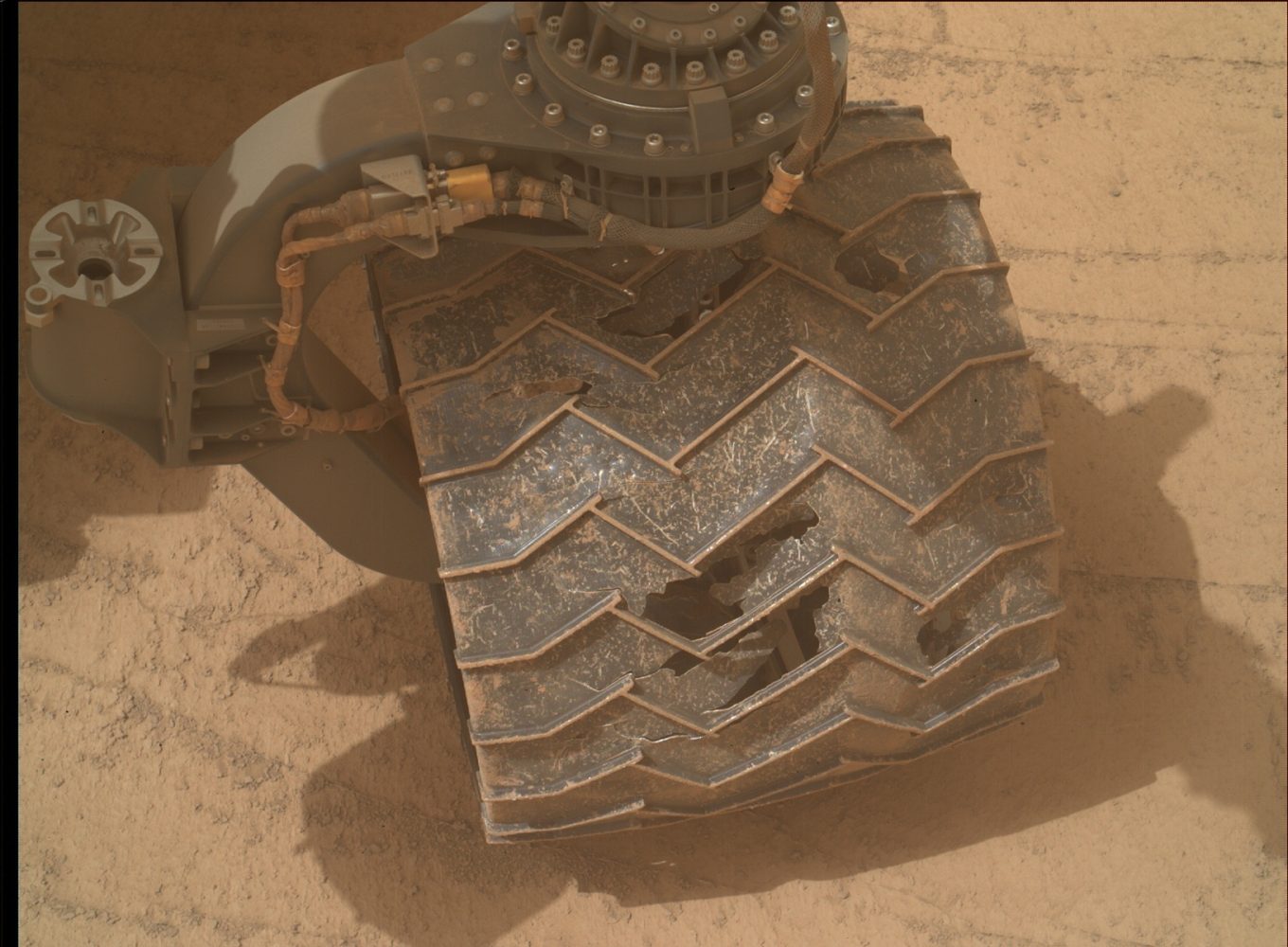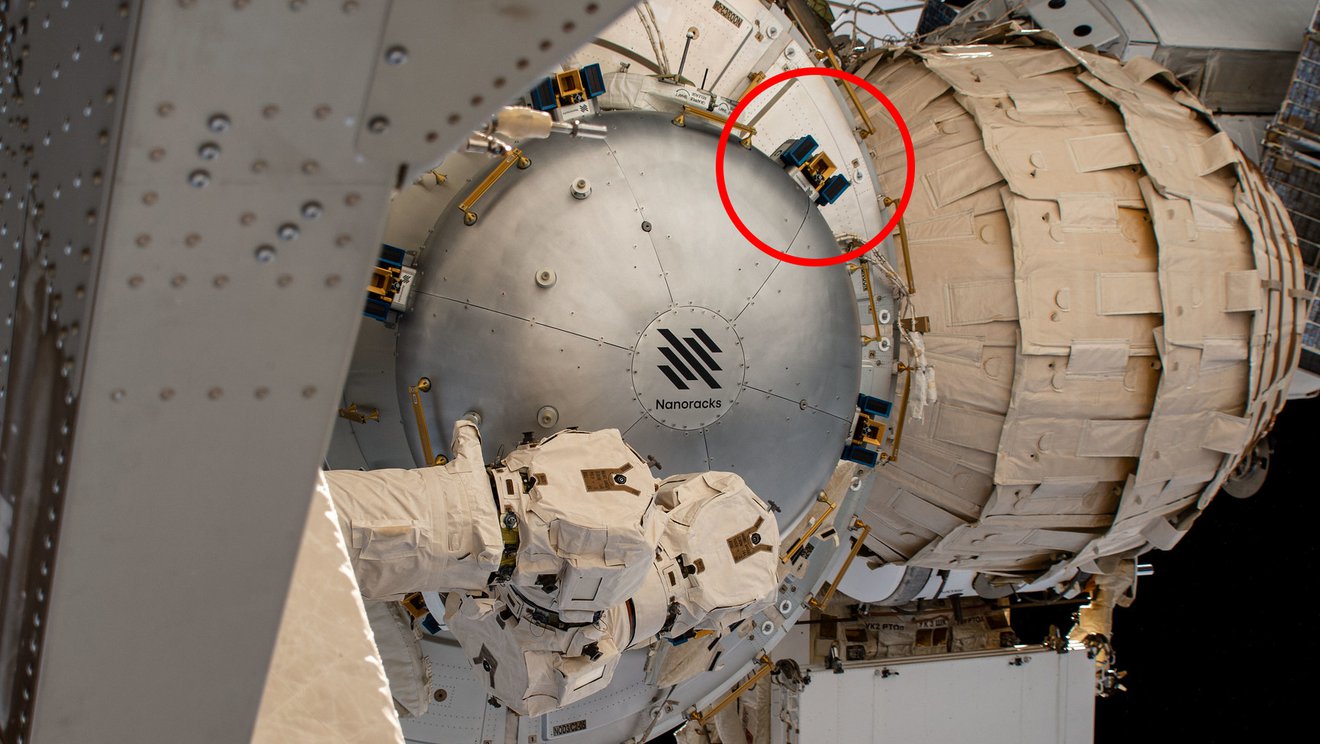JPL vs. APL: Two powerhouses propelling us through the Solar System
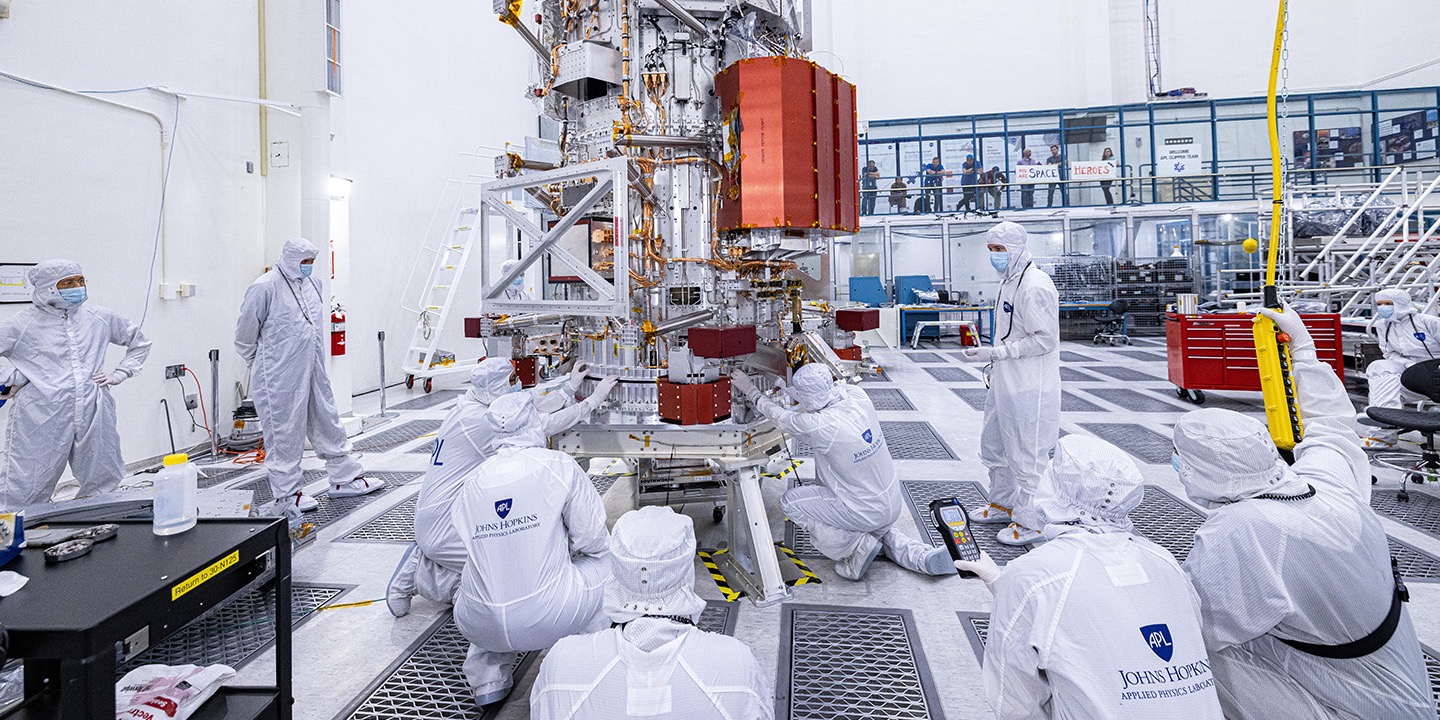
When a spacecraft lands on Mars or slams into an asteroid millions of miles away, chances are it came from one of two labs: the Caltech Jet Propulsion Laboratory or the Johns Hopkins Applied Physics Laboratory. NASA may be the face of American space exploration, but behind that iconic logo are world-class research centers shaping how we reach, explore, and understand the cosmos. JPL and APL are two of the most influential.
Expand Expanding Close